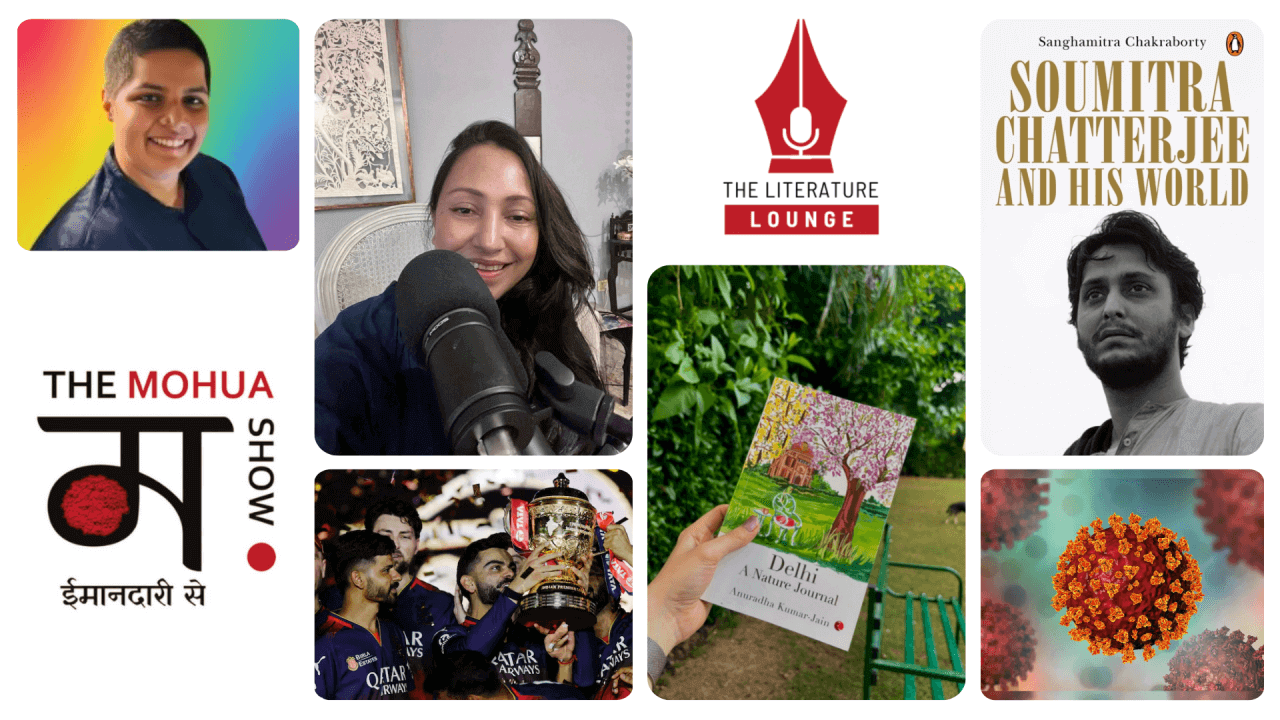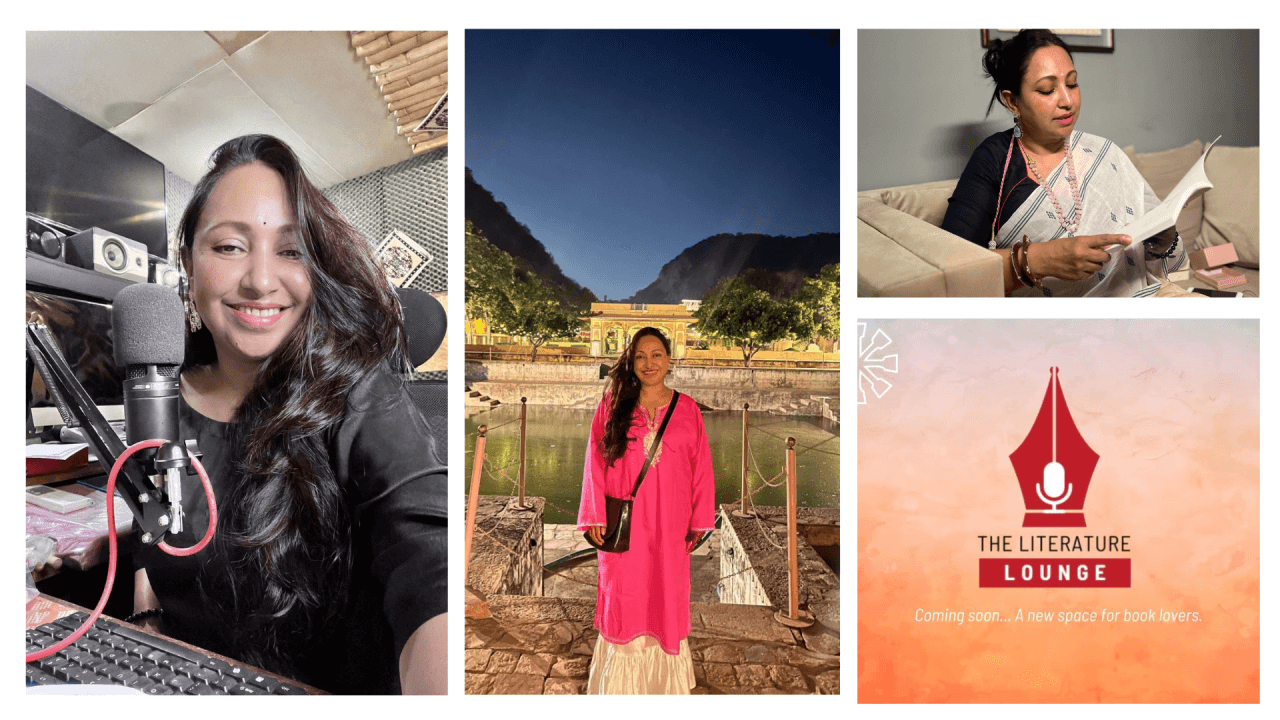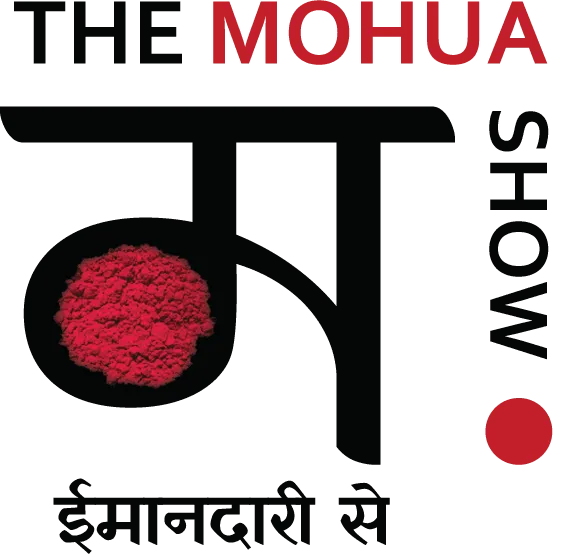Sindoori Saree and the Hibiscus Flower
Red is the colour of passion. It denotes the feisty spirit of the goddess who is more powerful than all gods. Red is the colour of Sindoor, the colour of marriage and fertility. The Goddess Kali embodies Nari Shakti or the intuitive strength of the goddess in you and me. She is appeased with the offering of red hibiscus flowers on her lotus feet.
Women around India covet the red saree as a symbol of tradition for a bride on her special day. From villages to small towns and big cities, red is the colour of love and passion and a red bindi on a woman’s forehead, resting on her intuition chakra is a reminder of her innate strength and power.
One day, I watched the fading sun and the sky turn crimson I knew this was the hour when a young bride would meets her man in the mustard fields. She knows her face will be cupped by him while the sun throws its last shade of crimson against her skin. It is called the magic hour. In rural India it is called the Godhuli Lagan the hour when the cows are returning to their sheds and the, birds are flying to their nests. From afar one can see the cows and the calves walking in harmony while their hooves kick dust into the resting skies. Nature melds the dull brown mud and the yellow of the fading sun into a blurring ember of sindoori skies.
Vermillion in my hair parting is also my marital status. I tuck the bloomed red hibiscus flower behind my ears. It compliments the gold stud on my ear lobes. As I start unfolding my red saree to start tucking its corners in my petticoat. I find a few petals falling from the folds onto the floor. They remind me of the untold story of the hibiscus flower and stories of Draupadi, the tribal mythological warrior goddess. We have so many women in India whose inner Draupadi is quietened. What instead, is there, is a model subservient Hindu wife, with sindoor. Today, even symbols of power and subjugation appear at odds with the demands of modern India.
I marvel at the constant incompatibility and inner conflict of these two paradigms that are constantly hand in hand striving and striking out rules that are increasingly becoming irrational in modern India.
Yet vermillion still stays the colour of lust, fertility, prosperity and the general representation of the goddess in you. It is an evocative and lyrical expression of beauty. Red remains the colour of all things profound and provocative. It falls and rises with the contrasting sun rays across the seasons and the myriad of cycles of a woman’s life.
Like the red that flows through our veins, the red saree keeps alive our tradition and vibrance. The red saree embodies the range of moods and avatars of women… The deity, the goddess, the passion, the love, the fertility, the demure woman, the anger, the outrage and the woman you are today!
Find a saree to match your mood at The Saree Story on October 25th and 26th at Valecha Hall, Juhu, Mumbai.





